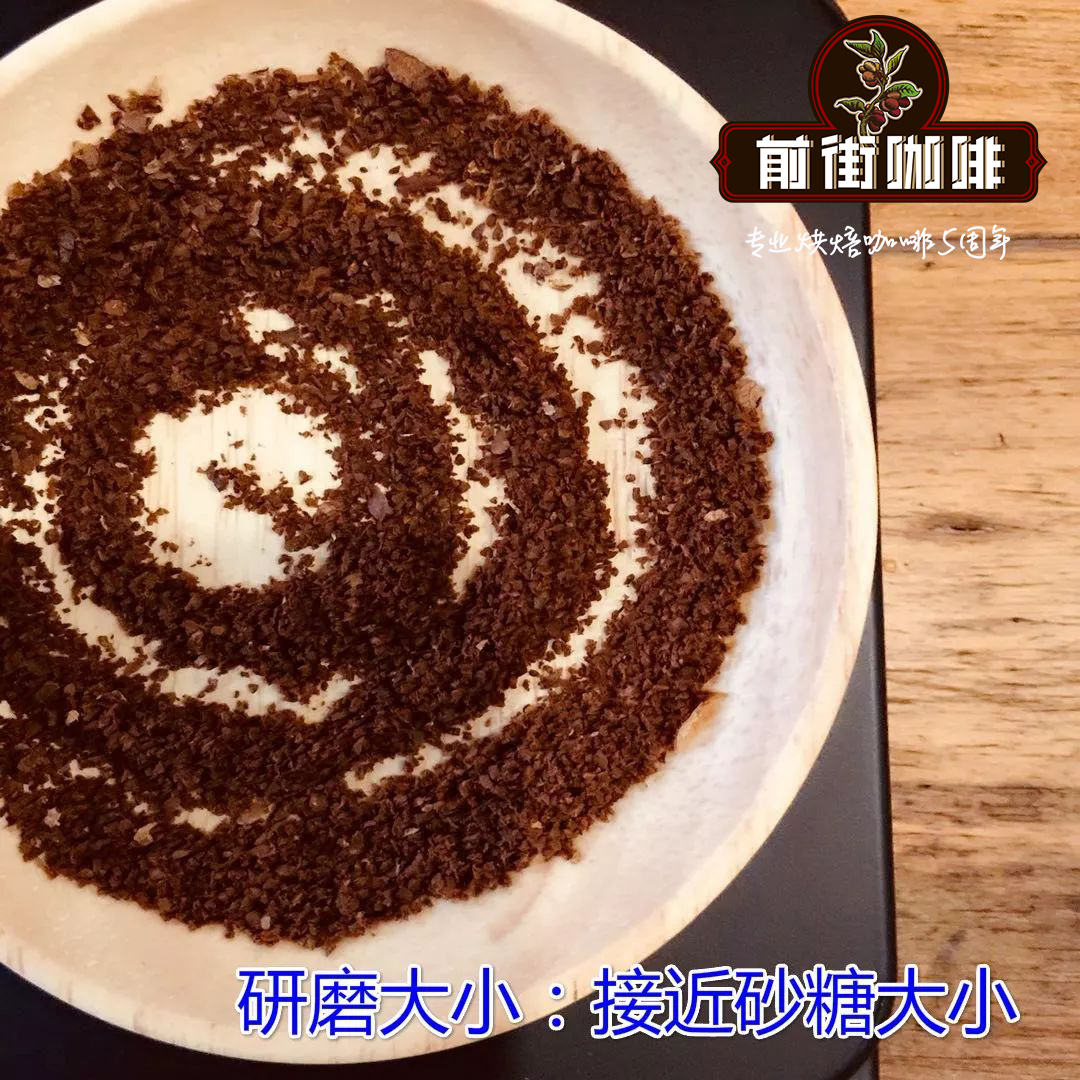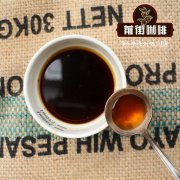Brazilian Queen COE Fine Coffee beans _ Analysis of semi-washed Yellow bourbon Baking and Cooking in Queen's Manor of Brazil

Professional coffee knowledge exchange More coffee bean information Please pay attention to coffee workshop (Weixin Official Accounts cafe_style)
Brazilian Coffee Queen Manor Semi-washed Yellow Bourbon
Introduction by Chris Kornman
profile
This Brazilian coffee comes from Fazenda Rainha, a 280-acre estate located in Vale da Grama, an ancient volcanic valley in Brazil. In 2011, the estate won the Brazilian COE competition. There are 200 acres of yellow wave coffee trees planted in the estate. The rolling mountains make large-scale mechanical harvesting impossible, so all coffee here needs to be harvested by hand. The estate is washed, dried in racks and baked in dryers, mechanically screened and hand-screened, and a lot of work requires farm employees to live on the farm year-round. However, all employees and their families can enjoy housing, health care and education benefits here.
The estate is a member of a medium-sized farm organization in the Grama Valley that exports bourbon varieties of fine coffee. The organization has offices in nearby Pocos de Caldas and a state-level cup-testing laboratory complete with a large warehouse. The organization also collaborates with local universities and other institutions to conduct research, including Lavras University, where Dr. Flavio Borem is renowned for his agricultural research.
plantation estate
Fazenda Rainha
plantation estate
Vale da Grama, Mogiana, Brazil
plantation estate
960 masl
approach
Pulp is removed by machine, dried in drying rack and baked in dryer
plantation estate
Yellow Bourbon
harvest period
April - September 2016
Green Analysis by Chris Kornman
green bean analysis
This Brazilian coffee bean is 100% yellow and its provenance can be traced back to Reunion Island, Madagascar, where the bourbon species originated. French explorers first brought coffee here in the 18th century, so the variety has another nickname: French missionaries. In the 20th century, it was brought to Africa, and in turn to Brazil, and its derivatives are now found throughout Africa and America. The burgundy species grown in Brazil has a recessive gene that produces yellow fruit.
This Brazilian coffee bean is processed using Cerezada descascado, a natural honey-like process invented in Brazil, to round out the coffee's flavor. The effect is somewhere between washing and solarization. A small amount of water is used to remove the pulp and peel, and then the coffee is placed directly on the drying rack for drying, constantly turning to ensure that all coffee is exposed to sunlight, and then mechanically dried after a few days of drying to achieve the right moisture content.
The treated coffee beans are relatively stable in nature and can be stored for a long time. The beans have higher density, lower water content, and larger coffee beans. 98% of the beans can reach more than 16 mesh, and half of them can reach 18 mesh.
Roast Analysis by Chris Kornman
bake analysis
I think the espresso roast is more suitable for the beans here, although the roast color is relatively light. I was very careful during the baking process, but this bean upended my common perception of Brazilian beans. The density of the beans is relatively high and the moisture content is relatively low, which makes the beans very heat-absorbing. So during the baking process, you need to add extra fire to get into the first explosion and keep it going. I baked two batches, all between 10-11 minutes, not very long.
The first to bake is PR-570 Red, which takes about 1 minute and 30 seconds to develop after explosion, which is 25% of the full baking time. The fire is a middle fire, and after the first explosion, it is fine tuned as the temperature rises.
The second baking was PR-571 Green, and I lengthened the preparation time before the first explosion, including the dehydration stage (lowering the dehydration temperature and heat) and the Mena reaction stage (slowly raising the temperature to enter the first explosion as the color of the bean changes). This baking time was 45 seconds longer than PR-570, but the color did not change significantly, and the development time after explosion was extended.
35.0% - 3:33 Duration
40.6% - 4:07 Duration
24.5% - 2:29 Duration
37.8% - 4:07 Duration
51.2% - 5:35 Duration
dehydration stage
Maillard reaction
development after explosion
Mena reaction begins.
PR-570 - 3:33 @ 168.8 °C
PR-571 - 4:07 @ 162.6 °C
One blast, start.
PR-570 - 7:40 @ 197.3 °C
PR-571 - 9:42 @ 202.1°C
End of baking
PR-570 - 10:09 @ 208.5 °C
PR-571 - 10:54 @ 211.0 °C
baking color
PR-570
whole bean 66.15
ground sample 59.10
PR-571
whole bean 65.10
ground sample 59.57
reduced weight
PR-570 - 14.8%
PR-571 - 15.0%
Brew Analysis by Chris Kornman
brewing analysis
Five days after baking, I extracted the two beans separately using the Italian method. The first bean, PR-570, was more palatable, soft, sweet and tasty. The second bean had a slightly higher insolubility, but a brighter and cleaner flavor. The extraction method is as follows:
PR-570-Italian concentrate
·18.5 g powder/ 38g liquid/ 22 seconds: honey, oatmeal, cocoa, licorice
· 18g powder/ 36.5 liquids/ 23 seconds: light citrus, smooth, cinnamon, nutmeg, nuts
PR-571-espresso coffee
· 18g powder/37.5 g liquid/ 33 seconds: roasted almonds, orange peel, clean finish
·17.5 g powder/ 35g liquid/ 33 seconds: cherry, orange, caramel, slightly dry
The Bonavita drip method was used for extraction, but the result was completely different from Italian. I liked the smoothness of the first bean, but my colleague preferred the complexity of the second bean. The second bean was high in insoluble matter, suggesting that I might have over-extracted or weighed incorrectly. But either way, it was smooth overall, with a rich chocolate flavor, much as we would expect from Brazilian coffee processed with honey: roasted almonds, fudge, caramel and roasted spices.
PR-570 - Bonavita
·Powder· 62g
·Bean grinder· 9 (Mahlkönig EK43)
·Water· 1000g
· TDS: 1.45
·Extraction rate: 21.28%
PR-571 - Bonavita
·Powder· 62g
·Bean grinder· 9 (Mahlkönig EK43)
·Water· 1000g
· TDS: 1.59
·Extraction rate: 23.33%
END
Important Notice :
前街咖啡 FrontStreet Coffee has moved to new addredd:
FrontStreet Coffee Address: 315,Donghua East Road,GuangZhou
Tel:020 38364473
- Prev

Introduction to the Origin of Brazilian South Minas Honey Squirrel Coffee
Professional coffee knowledge exchange more coffee bean information please follow Coffee Workshop (Wechat official account cafe_style) Brazil Coffee producing area-South Minas, one of Brazil's three major boutique coffee producing areas, especially this Brazilian-honey squirrel, his balance and sweetness are highlighted by medium roasting, and his mellowness is almost as high as fat. Take a drink gently
- Next

Introduction of small black coffee beans in South Minas, Brazil. How to grow and treat COE boutique coffee
Professional coffee knowledge exchange more coffee bean information please follow the coffee workshop (Wechat official account cafe_style) Brazilian coffee the state of Minas Gerais (Minas Gerais), located in the heart of the Brazilian plateau in the southeast corner of South America, produces more than half of Brazil's premium Arabica coffee. San Antonio District, which has just won the 2016 Brazilian Cup of Excellence Award (S
Related
- Detailed explanation of Jadeite planting Land in Panamanian Jadeite Manor introduction to the grading system of Jadeite competitive bidding, Red bid, Green bid and Rose Summer
- Story of Coffee planting in Brenka region of Costa Rica Stonehenge Manor anaerobic heavy honey treatment of flavor mouth
- What's on the barrel of Blue Mountain Coffee beans?
- Can American coffee also pull flowers? How to use hot American style to pull out a good-looking pattern?
- Can you make a cold extract with coffee beans? What is the right proportion for cold-extracted coffee formula?
- Indonesian PWN Gold Mandrine Coffee Origin Features Flavor How to Chong? Mandolin coffee is American.
- A brief introduction to the flavor characteristics of Brazilian yellow bourbon coffee beans
- What is the effect of different water quality on the flavor of cold-extracted coffee? What kind of water is best for brewing coffee?
- Why do you think of Rose Summer whenever you mention Panamanian coffee?
- Introduction to the characteristics of authentic blue mountain coffee bean producing areas? What is the CIB Coffee Authority in Jamaica?

